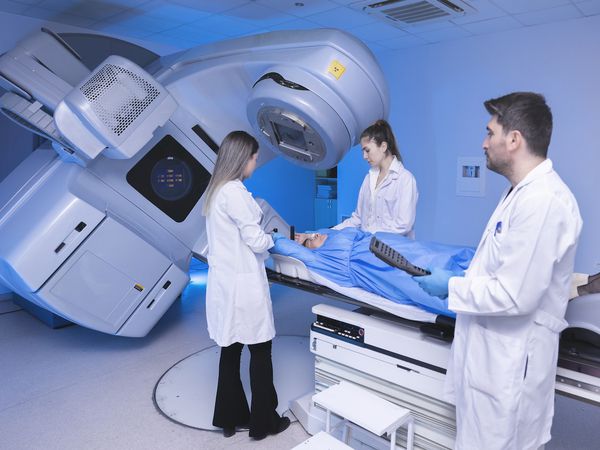Key Cancer / Oncology Facilities in Shiraz
Amir Oncology Hospital
This is a specialized oncology hospital in Shiraz and the only super-specialized cancer center in southern Iran.
It is affiliated with Shiraz University of Medical Sciences (SUMS).
It has numerous services: surgery, chemotherapy (inpatient/outpatient), bone marrow transplant wards, diagnostic imaging (PET, MRI, CT), molecular diagnostics, flow cytometry, etc.
It also offers counseling (psychologic, psychiatric, nutritional) for patients and palliative care.
Nemazee (Namazi) Teaching Hospital
The Radiotherapy & Oncology Department here is well established. It provides radiation therapy, chemotherapy, and training for oncology residents.
They have several linear accelerators (machines for delivering radiotherapy) and brachytherapy / superficial X-ray units.
Nemazee also has one of Iran’s first cancer registry units.
Pardis Cancer Clinic
A dedicated cancer clinic in Shiraz offering comprehensive oncology services.
Tabeebo
Shiraz Institute for Cancer Research
A research center linked with the university and hospitals, contributing to cancer research, epidemiology, and collaborations.
Services & Treatment Modalities Available
Patients in Shiraz can access a wide range of cancer care services, including:
Diagnostic Imaging & Tests: PET scanning, MRI, CT scans, digital mammography, CT-guided biopsy, molecular diagnostics, flow cytometry, etc.
Surgery / Surgical Oncology: Tumor removal, excision, placement of port catheters, biopsies, etc.
Chemotherapy (inpatient & outpatient)
Radiation Therapy / Radiotherapy & Brachytherapy
Bone Marrow / Stem Cell Transplantation
Palliative Care & Supportive Services: pain management, psychological support, nutrition counseling, etc.
Strengths & Challenges
Strengths:
Shiraz has advanced oncology infrastructure (specialized hospital, radiotherapy equipment, transplant units).
It serves not just local patients but also patients from other provinces and even neighboring countries.
Multidisciplinary care is available (surgeons, oncologists, diagnostic labs, support services).
Academic affiliation allows integration of research, training, and clinical care.
Challenges:
Cost burden: Out-of-pocket costs can be high, especially for those from distant areas.
Access & capacity: Being a center, there may be wait times or logistical challenges for patients from remote locations.
Disparities in early diagnosis: Some cancers may be detected late, increasing complexity and cost.
Impact of COVID-19: Disruptions in screening, diagnostic delays, and treatment postponements have been reported



